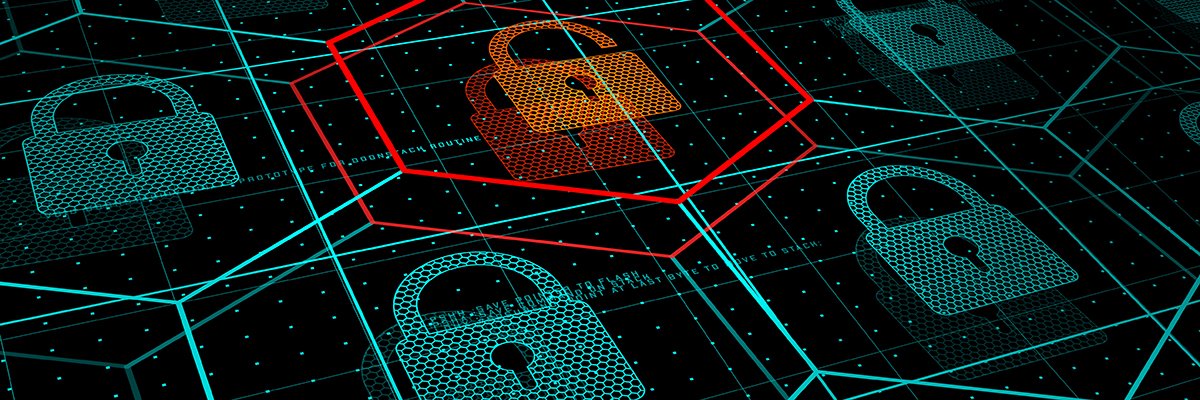Introduction
In the digital age, data breaches have become a prevailing concern for individuals and organizations alike. A data breach occurs when unauthorized individuals gain access to sensitive or confidential information, resulting in potential misuse, identity theft, financial losses, and reputational damage. As technology advances and our reliance on digital platforms increases, understanding the impact of data breaches and implementing robust cybersecurity measures are imperative to protect personal and corporate data. This article delves into the world of data breaches, their consequences, and the steps to safeguard digital security.
Understanding Data Breaches
A data breach involves the unauthorized access, disclosure, or destruction of sensitive information, such as personal data, financial records, intellectual property, or trade secrets. These breaches can occur due to various factors, including cyberattacks, human error, or system vulnerabilities. Cybercriminals often exploit weak security measures to gain access to valuable data, which they may sell on the dark web or use for malicious purposes.
Consequences of Data Breaches
Data breaches can have severe consequences for both individuals and organizations:
- Financial Losses: Organizations may face significant financial losses due to legal penalties, regulatory fines, and the cost of mitigating the breach and restoring systems.
- Reputational Damage: A data breach can severely damage an organization’s reputation, eroding customer trust and loyalty. The loss of confidence in a company’s ability to safeguard data can have long-lasting effects on its brand image.
- Identity Theft and Fraud: Personal data exposed in a breach can be used for identity theft and various forms of fraud, leading to financial losses and emotional distress for affected individuals.
- Legal Consequences: Organizations may face legal action from affected individuals or regulatory bodies for failing to protect sensitive data adequately.
- Operational Disruptions: Data breaches can disrupt business operations, leading to downtime, loss of productivity, and potential delays in delivering products or services.
Steps to Safeguard Digital Security
Preventing data breaches requires a proactive approach to cybersecurity. Here are some essential steps to safeguard digital security:
- Strong Data Encryption: Encrypting sensitive data both at rest and during transmission ensures that even if unauthorized individuals gain access to it, they cannot decipher its contents.
- Regular Security Audits: Conducting periodic security audits helps identify vulnerabilities and weaknesses in the system, allowing organizations to address them promptly.
- Employee Training: Educate employees about cybersecurity best practices, such as recognizing phishing emails, using strong passwords, and reporting suspicious activities.
- Multi-factor Authentication (MFA): Implement MFA to add an extra layer of security, requiring users to provide multiple forms of verification before accessing sensitive information.
- Network Security Measures: Employ firewalls, intrusion detection systems, and other network security tools to monitor and block unauthorized access attempts.
- Data Access Controls: Restrict access to sensitive data based on job roles and responsibilities, minimizing the risk of unauthorized access.
- Incident Response Plan: Have a well-defined incident response plan in place to respond swiftly and effectively in case of a data breach, mitigating its impact.
- Regular Software Updates: Keep all software and applications up to date with the latest security patches to address known vulnerabilities.
Conclusion
Data breaches pose significant risks to individuals and organizations, highlighting the need for robust cybersecurity measures. The increasing digitization of our lives and businesses means that protecting sensitive data is a continuous and evolving process. By understanding the potential consequences of data breaches and adopting proactive cybersecurity practices, individuals and organizations can better safeguard their digital security. Preventing data breaches is not only a matter of complying with regulations but also a commitment to preserving trust, protecting privacy, and maintaining the integrity of digital interactions in an interconnected world.


